Magicians and Miracle Workers of the Middle Ages: Saint Dominic of Silos
5 comments
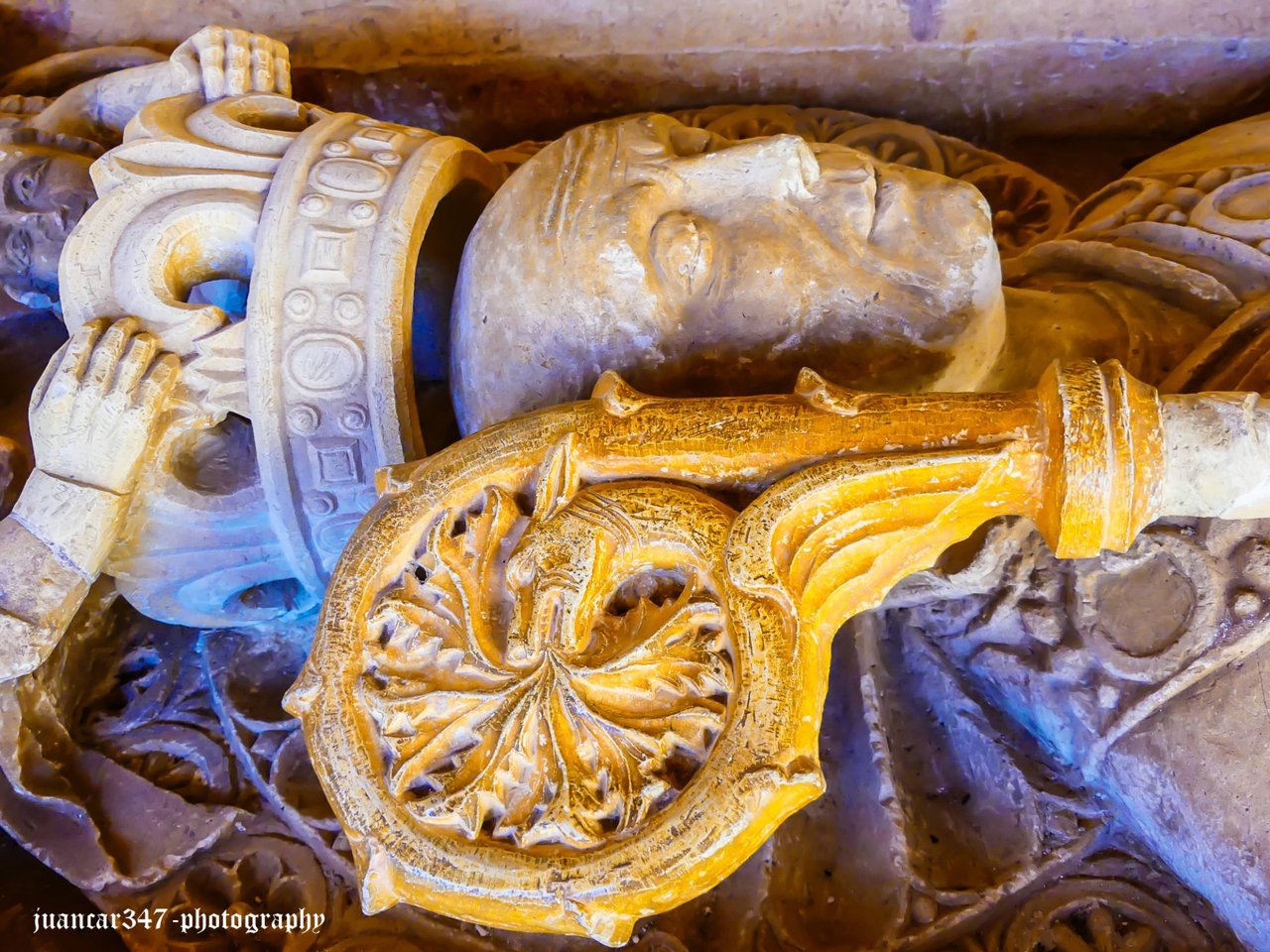
One of the most fascinating aspects of this genuine adventure—which, after all, is what every journey entails—often consists of reaching those places where history, knowledge, and legend offer the alternative possibility of going back in time and accepting the challenge of putting oneself in the imaginary shoes of those who came before us and left us cryptic messages, surely with the intention that we might benefit from their wisdom in the future.
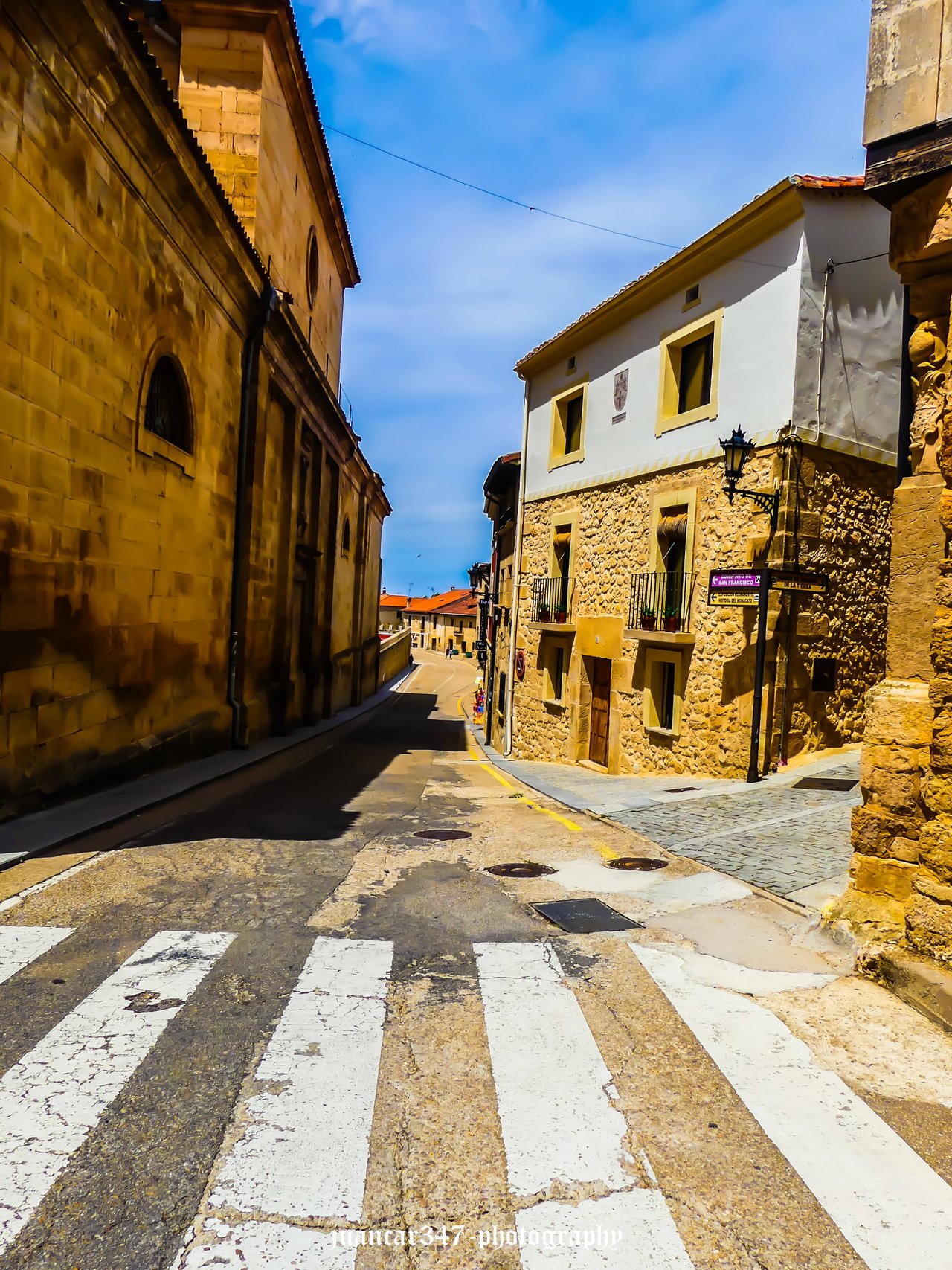
In this sense, both Antiquity and that remote period of light and shadow, which, after all, can be considered the Middle Ages—both the High and the Late—are replete with references to curious figures who, using an innate capacity for miracles and thaumaturgy, were able to open a rift in that World of Illusion or Maya in which we live, according to Eastern philosophy, which we are also getting to know a little better today under the name of the Matrix, bringing the quantum and supernatural closer to the astonishing world of the ordinary.

One such figure, the formidable tombstone of whose missing sarcophagus is located in the cloister of the important Castilian monastery of Silos, was that curious abbot named Domingo, whom legend linked to the kings of Navarre—from whom he suffered persecution—and who, frustrating his father's wishes, was, if not a shepherd of sheep, then at least a shepherd and fisherman of souls.
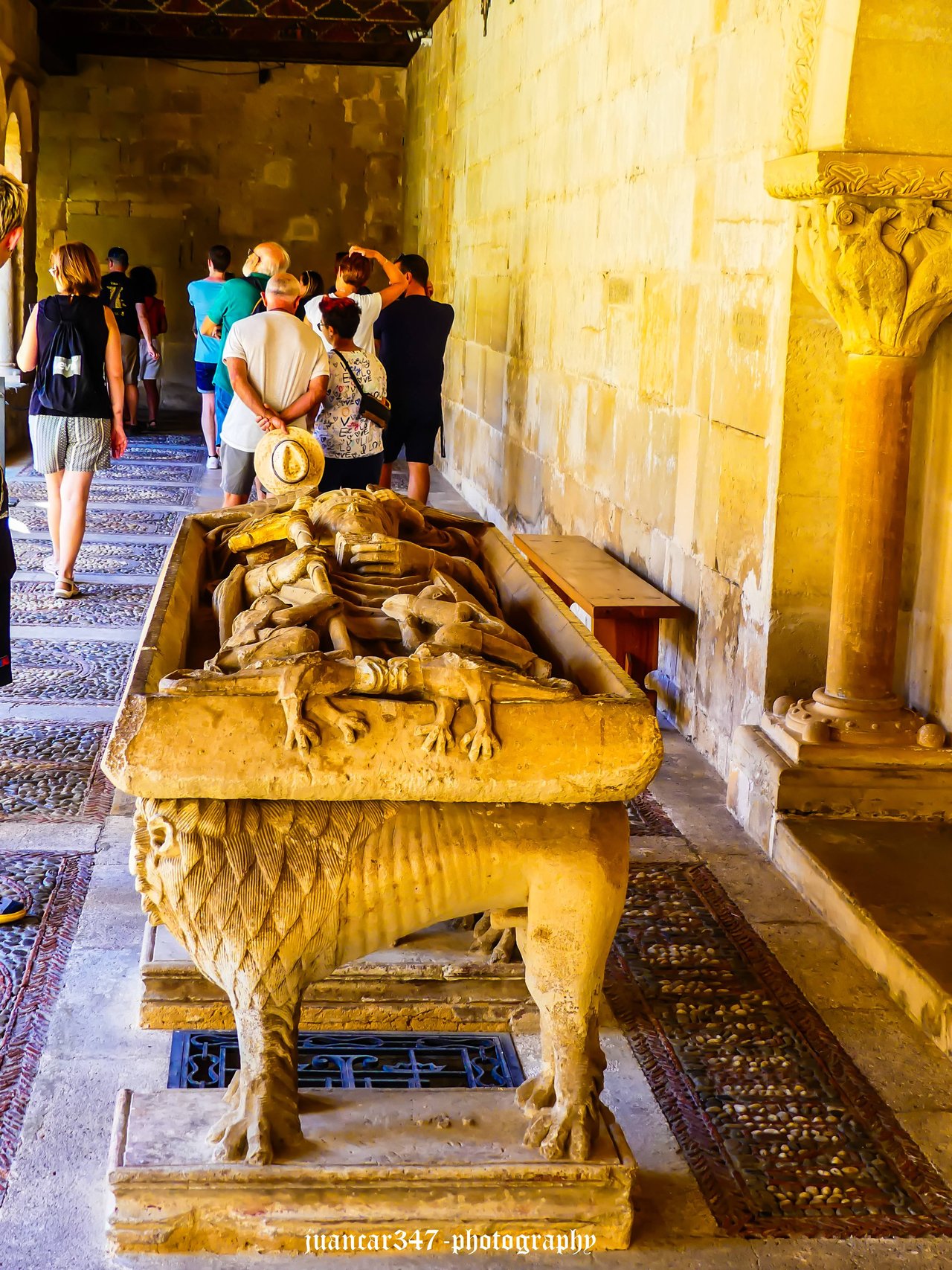
Domingo, like other important figures associated with the Camino de Santiago, always took a trip, like goats, to a metaphorical mountain, that of spirituality, disappearing, like the Great Masters of History, for a specific period of time.
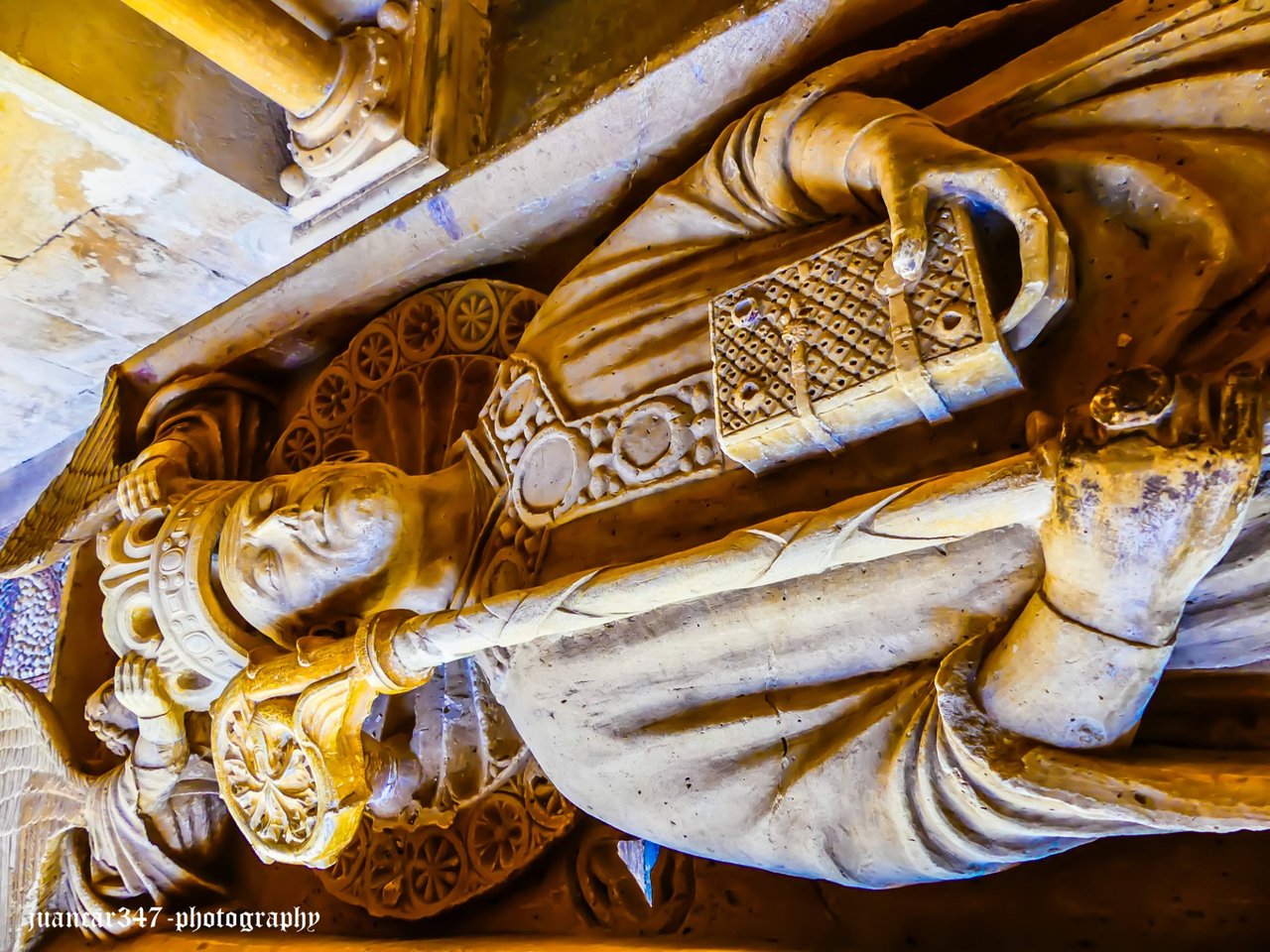
Apparently, he was initiated in a secret cave in the Sierra de la Demanda, a place in Castile as overwhelming and mysterious as they come, closely linked, moreover, with the Quest or search for one of the most important and, at the same time, puzzling relics of Christianity: the Holy Grail.
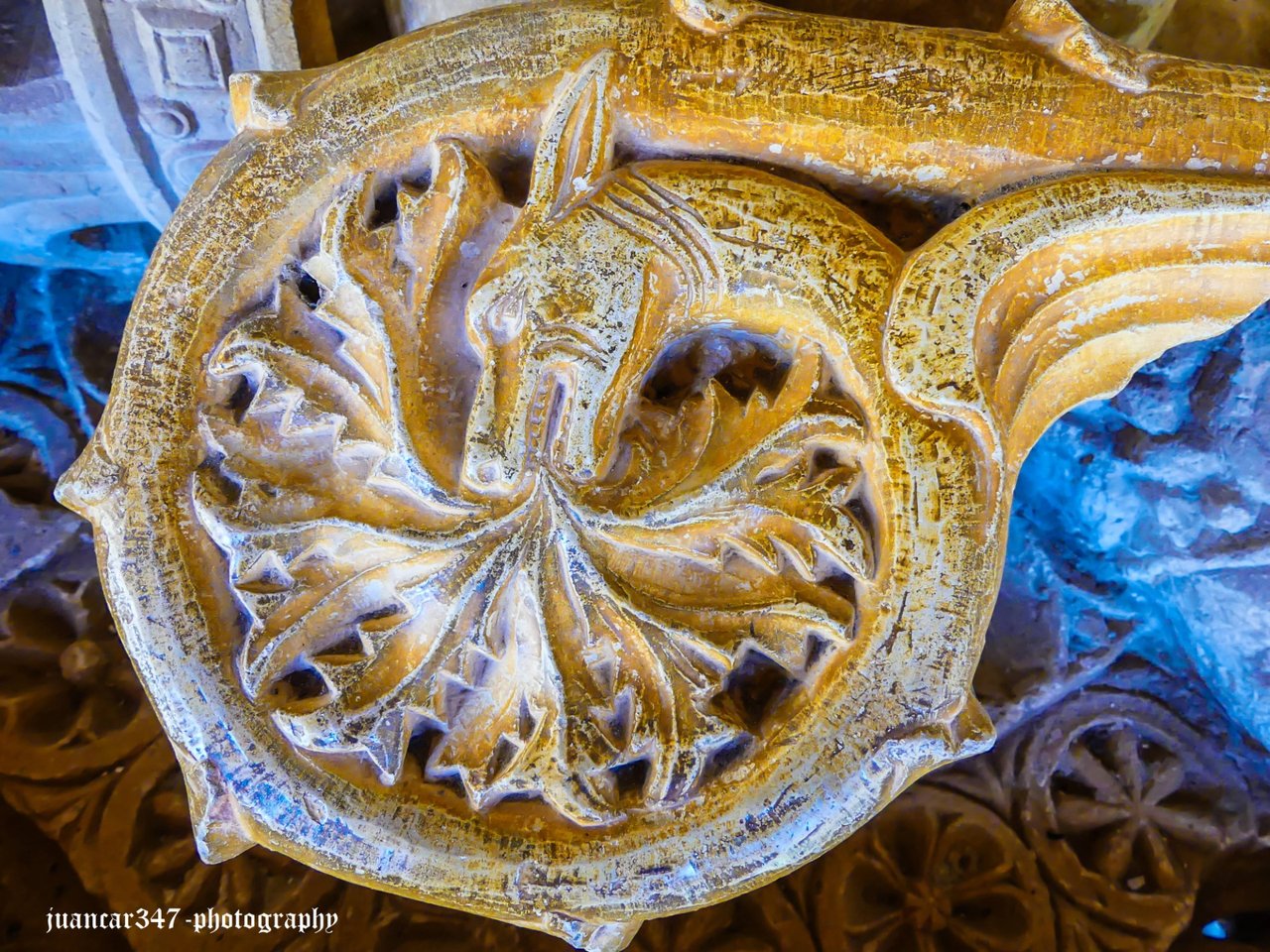
His surprising life, praised even by great medieval poets such as Gonzalo de Berceo, who, living a century later, used as a source the hagiography of a monk companion of Dominic, named Grimaldo, is possibly reflected in the symbolism inherent in that formidable tombstone preserved in the monastery cloister, where he is shown with the elements of every Master, especially the staff, whose handle, forming the stylized head of a coiled serpent, also reminds us of the supposed thaumaturgical acts of the Mystery schools of Antiquity.
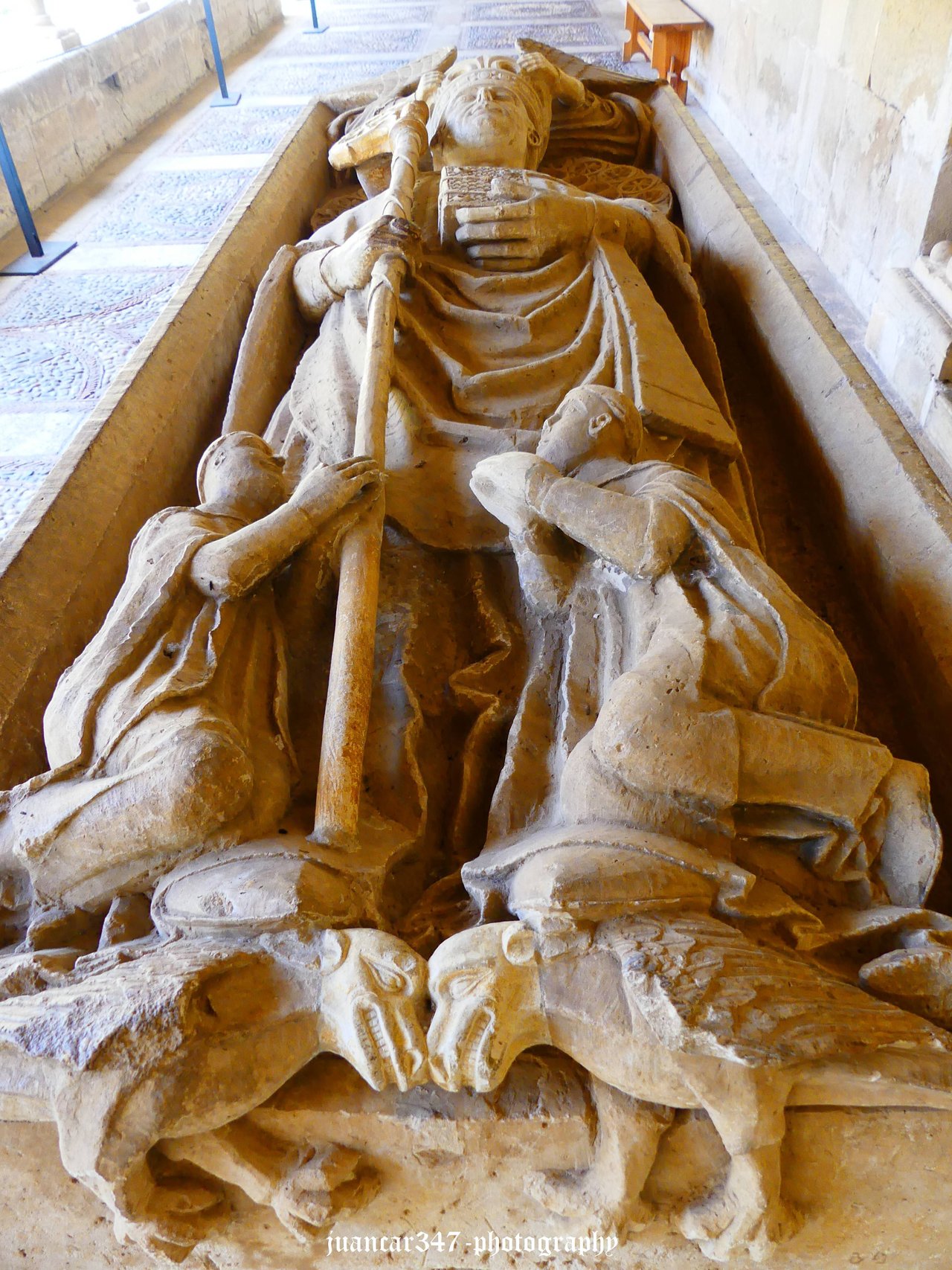
Some schools, especially the Egyptian one, where Moses himself and other legendary figures, such as Apollonius of Tyana and Simon Magus, were also nourished by Knowledge, which does not allow us to hypothesize, adding Saint Dominic of Silos as another of the great Initiates of Humanity, whose work, at least in an exoteric way, left an indelible mark, at least in this Castilian land, which, a thousand years after its creation, still continues to surprise the numerous travelers, pilgrims, and tourists from all over the world, who one day take advantage of the circumstances of their journey for something that is never too much: to learn and appreciate.
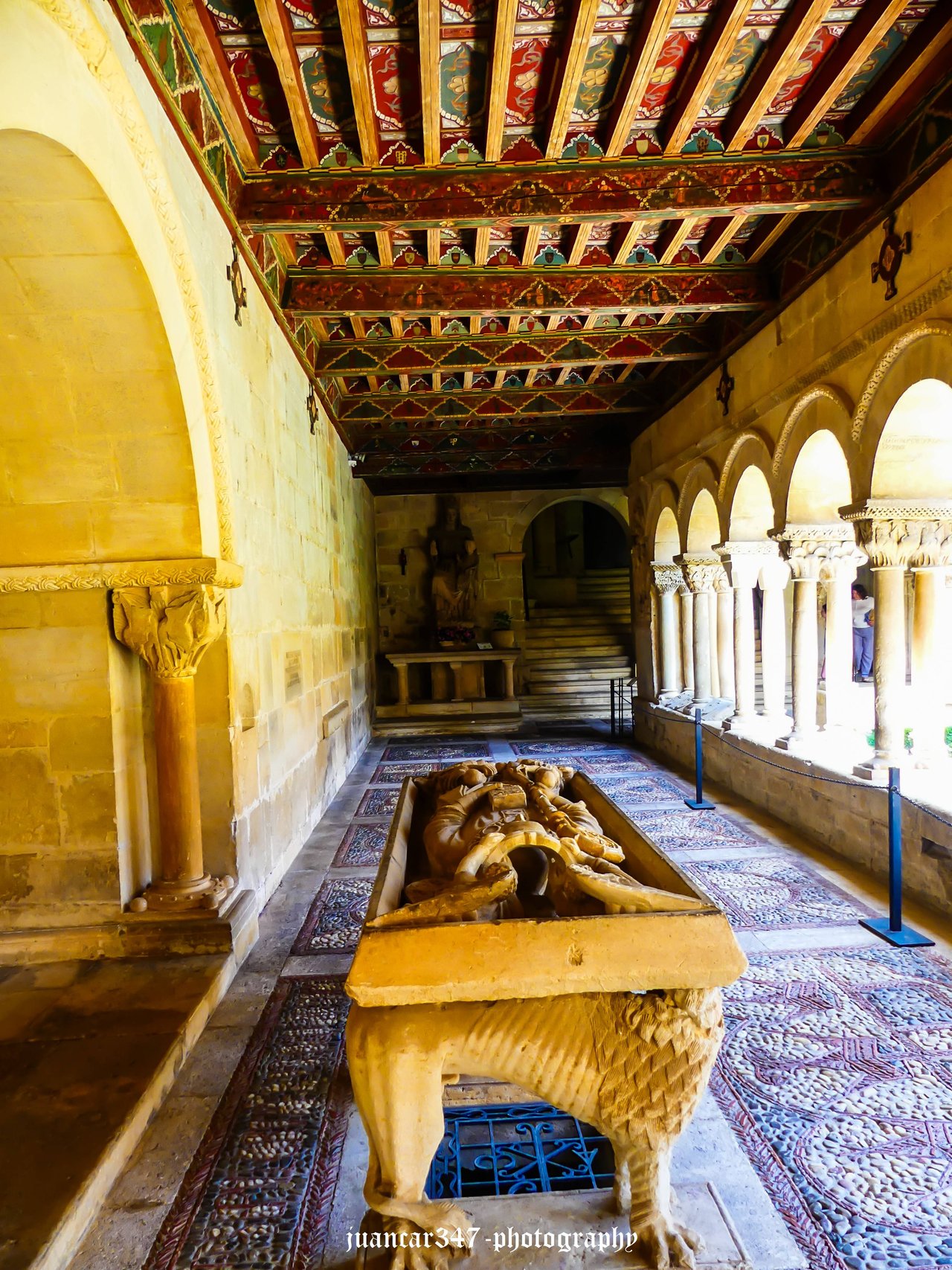
Silos, therefore, is one of those invaluable destinations for any traveler who intends to make the adventure of their trip a detour toward those other paths of training, which undoubtedly lead to that metaphorical center of the labyrinth, where the priceless Garden of Wisdom resides.
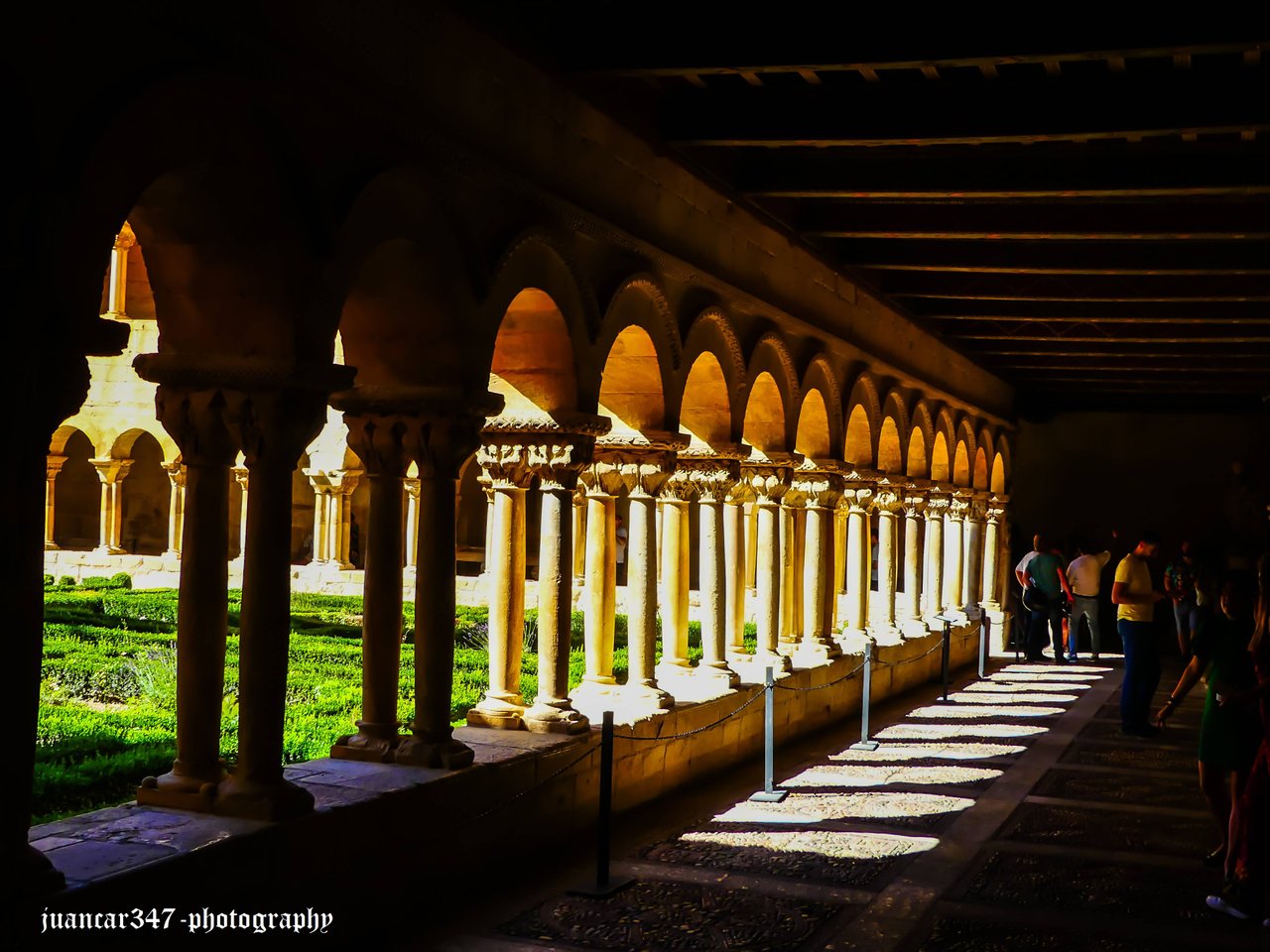
NOTICE: Both the text and the accompanying photographs are my exclusive intellectual property and are therefore subject to my Copyright.
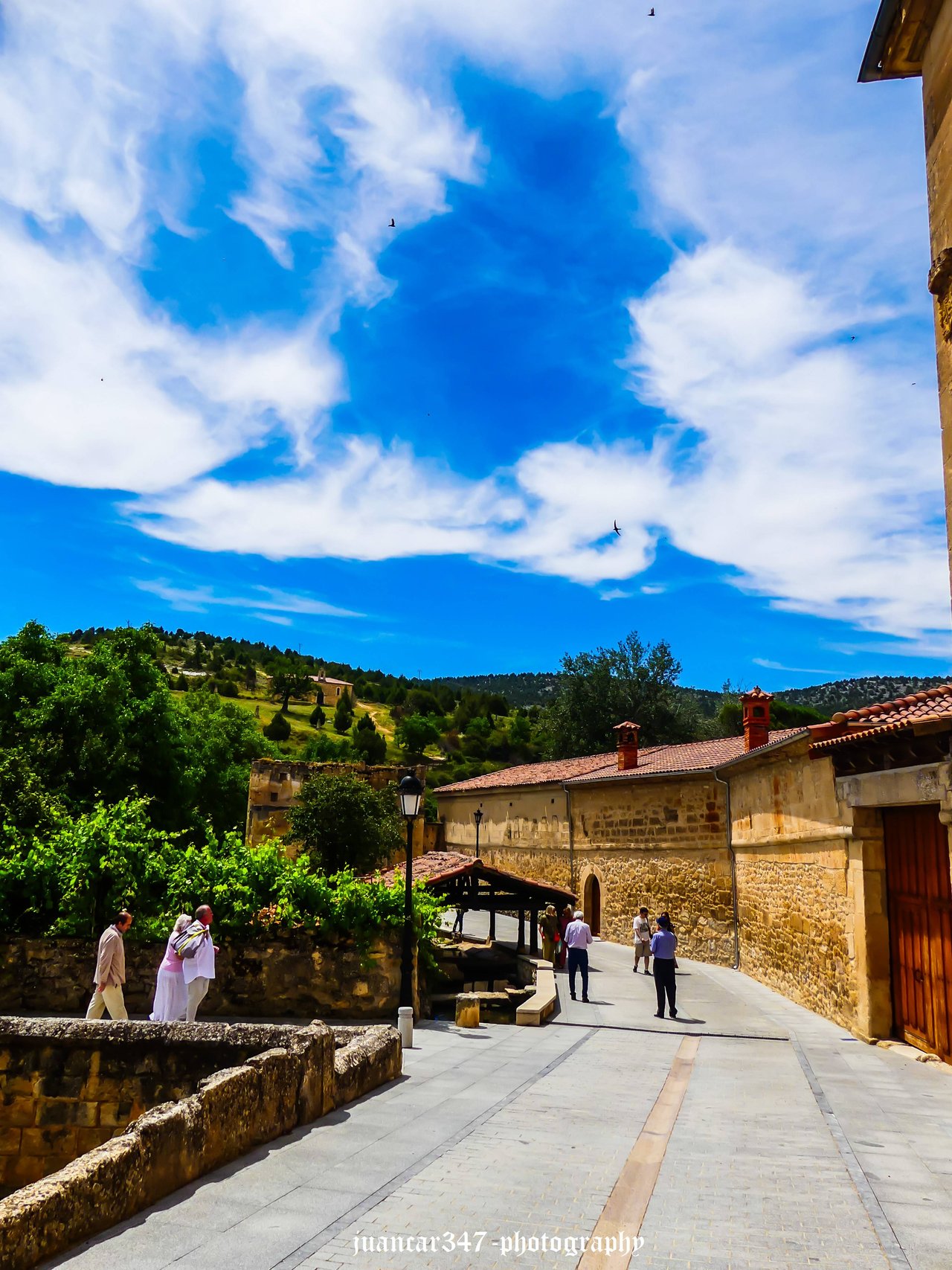
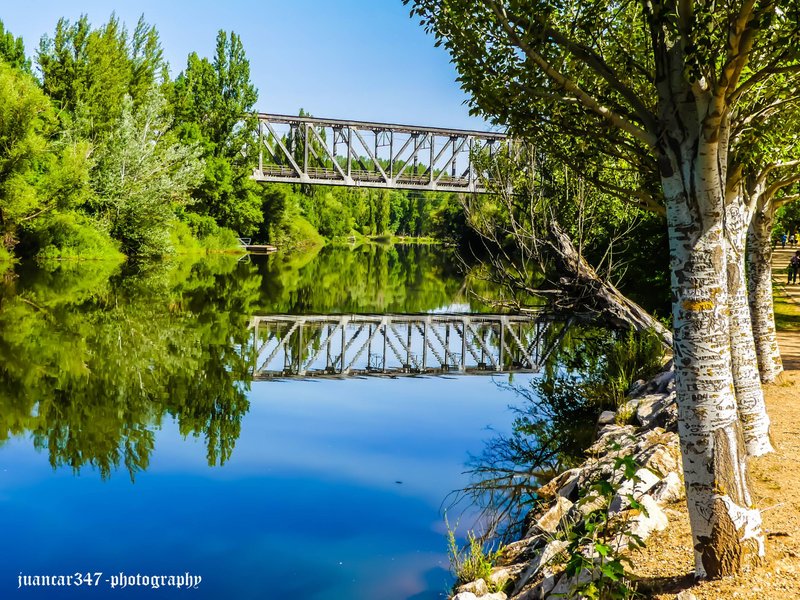
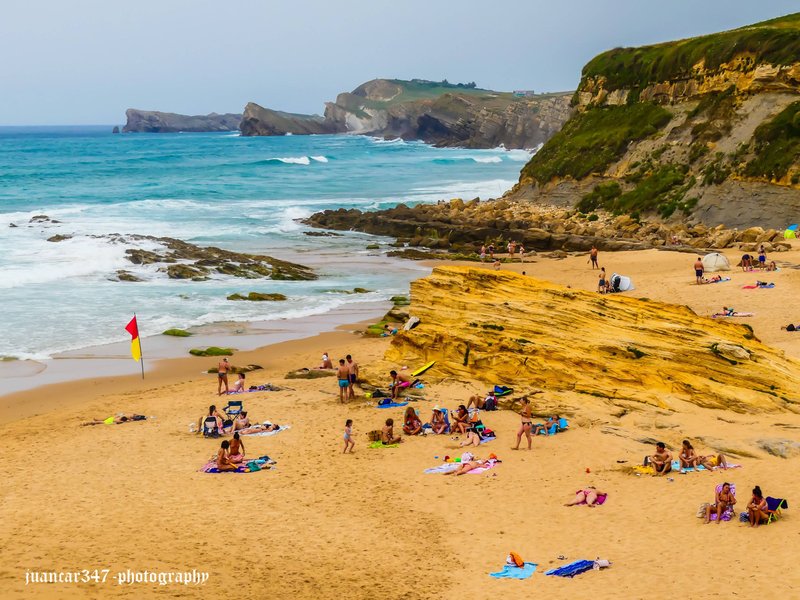
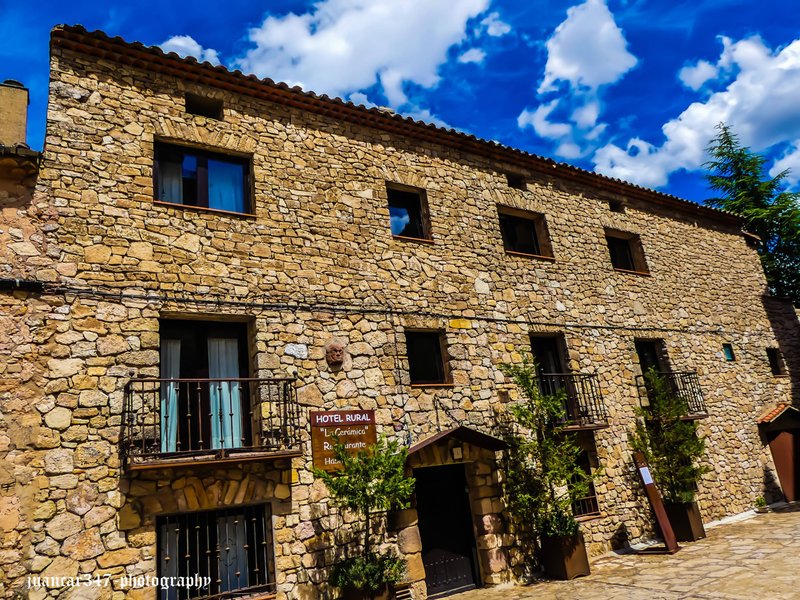

Comments